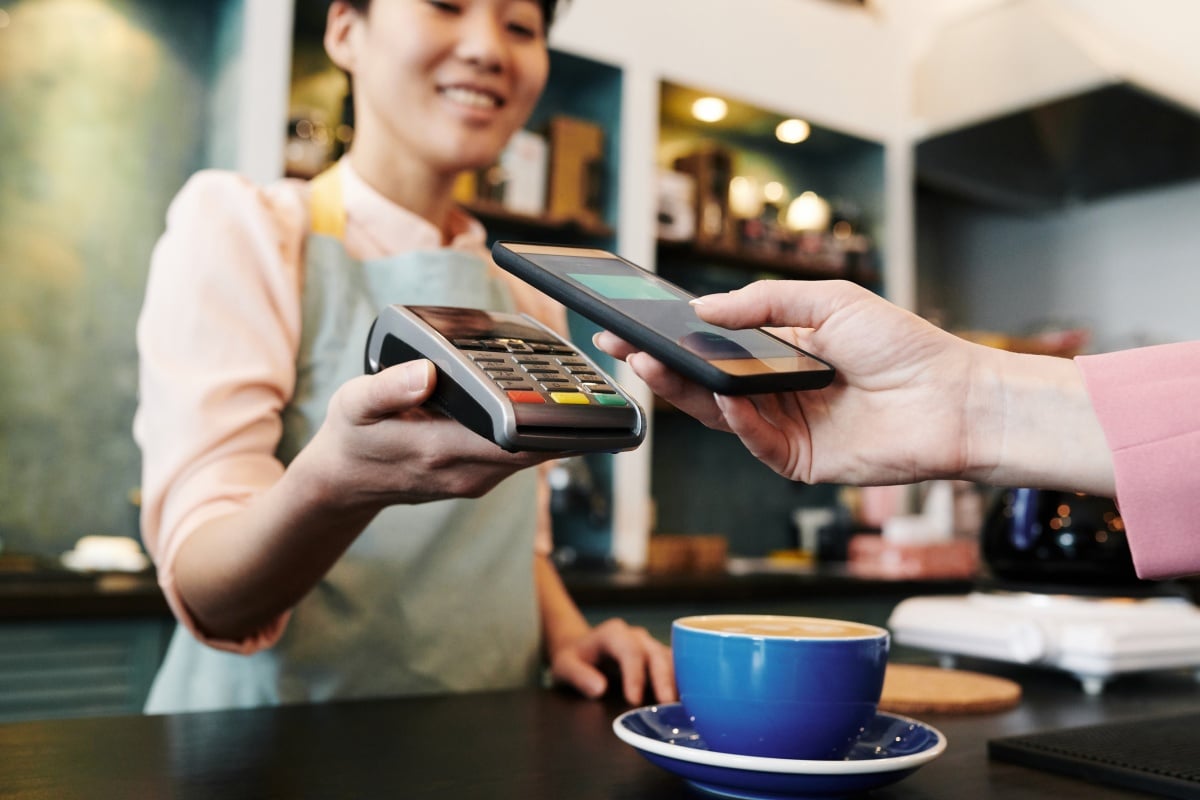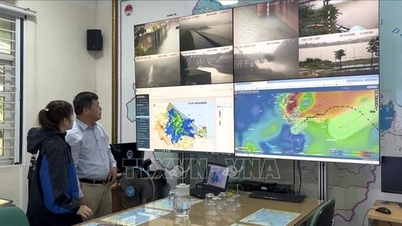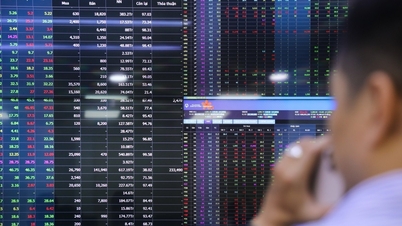Recently, a business in Ho Chi Minh City accidentally transferred more than 145 million VND to a person impersonating a partner in a transaction to purchase school equipment. After detecting unusual signs, the business contacted Asia Commercial Joint Stock Bank (ACB ) for support. The bank immediately reviewed and compared fraud warning data and sent an urgent freezing request to the beneficiary bank. Thanks to the fast and accurate coordination process, the money was retained on the same day, helping customers avoid losses. A bank representative said that in the first 9 months of 2025, ACB prevented more than 30,000 transactions with signs of fraud, safely protecting more than 2,000 billion VND of customer assets. Periodic warning activities have also been enhanced on the application and official communication channels, helping users promptly identify new fraud scenarios, contributing to improving self-protection when transacting online.

Not only ACB, many other banks have also deployed a fraud warning data system since the beginning of this year according to Circular 17/2024/TT-NHNN, which stipulates that banks must provide monthly information on accounts with signs of fraud and scams at the request of management agencies. This is an important step in establishing a "digital shield" to protect customers and strengthen the safety of the payment system.
Faced with increasingly sophisticated and complex online fraud and scams related to the financial and banking sector, the State Bank of Vietnam (SBV) has continued to deploy the fraudulent account warning system (SIMO). According to data from the Payment Department of the SBV, after more than 5 months of piloting the SIMO system, banks have helped prevent more than VND 1,790 billion of suspicious transactions, avoiding losses for 468,000 customers. Currently, 8 banks have piloted this system, and the management agency said that all banks will participate in deploying the SIMO system, creating a solid shield to protect customers' assets when transacting in the electronic environment.
As the latest bank to announce the implementation of the SIMO system, TPBank said that, in the face of a wave of high-tech crime breaking out strongly in Vietnam with thousands of money transfer fraud cases each year, banks are under considerable pressure to protect customers from the risk of losing money through their accounts. The SIMO solution helps customers promptly identify beneficiary accounts with signs of abnormality, thereby proactively preventing financial fraud right from the beginning of the transaction.
Previously, some large banks such as VietinBank, Vietcombank ... pioneered the application of technology to prevent transaction fraud. Ms. Do Thi Bich Mai, Permanent Deputy Director of VietinBank Operations Division, said that in just the week of October 6 - 12, VietinBank reviewed more than 16,000 accounts suspected of fraud, discovering more than 6,000 cases with clear signs, related to cash flow worth more than 11.5 billion VND. "VietinBank plans to expand the SIMO system to ATM channels in December 2025, then to transaction counters. The goal is to comprehensively monitor payment channels, including e-wallet transactions, to prevent cross-bank and cross-border fraud," Ms. Mai said.
Notably, the Vietnam Banking Association (VNBA) has just issued a Handbook on coordination in supporting risk handling for accounts, cards, and payment acceptance units related to money transfer transactions and payments suspected of fraud and counterfeiting. Ms. Le Thi Hong Nhung, Deputy Head of the Service Monitoring and Operation Center, Vietnam National Payment Joint Stock Company (NAPAS) assessed that the handbook is an important tool for banks to coordinate synchronously. When detecting a suspicious account, the bank can temporarily exclude the account from the system, prevent further transactions, and limit the risk from spreading.
Experts say that the synchronous solutions being deployed demonstrate the determined efforts of the banking industry to protect users' assets in the electronic environment. The increasing high-tech crimes not only cause economic damage but also affect society's trust in digital transactions. Data from the Ministry of Public Security shows that in the first 8 months of 2025, the authorities discovered nearly 1,500 online fraud cases, causing losses of more than VND 1,660 billion. While traditional criminal offenses tend to decrease, cybercrimes are becoming more complicated.
In that situation, Mr. Pham Anh Tuan, Director of the Payment Department, State Bank of Vietnam, emphasized that banks need to strengthen control from account opening, wallet opening to monitoring unusual transactions; automate the coordination process between banks; consider setting up a joint coordination center to handle suspicious transactions in real time, even outside of working hours. "We must put ourselves in the position of the victim, consider losing customers' money as losing our own. Only with that spirit can the banking industry truly protect social trust in the digital payment era," Mr. Tuan affirmed.
Source: https://thoibaonganhang.vn/bao-ve-khach-hang-tu-som-la-chan-so-cua-he-thong-ngan-hang-173576.html


![[Photo] General Secretary To Lam receives Vice President of Luxshare-ICT Group (China)](https://vphoto.vietnam.vn/thumb/1200x675/vietnam/resource/IMAGE/2025/11/15/1763211137119_a1-bnd-7809-8939-jpg.webp)

![[Photo] Prime Minister Pham Minh Chinh meets with representatives of outstanding teachers](https://vphoto.vietnam.vn/thumb/1200x675/vietnam/resource/IMAGE/2025/11/15/1763215934276_dsc-0578-jpg.webp)







































































































Comment (0)